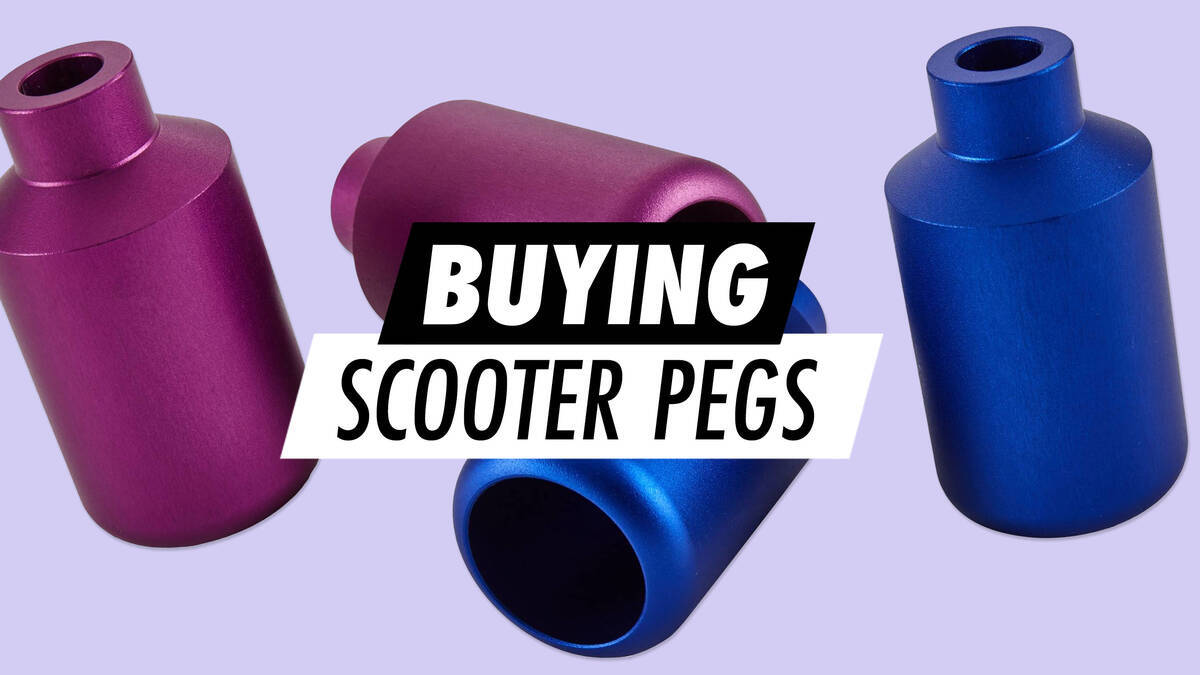Purchasing Stunt Scooter Pegs

Be aware that pegs are not universally compatible with every scooter, as there are variations in designs and manufacturers.
A sensible tip is to acquire pegs, along with the deck and fork, from the same manufacturer. If uncertain or if details about the peg you're purchasing are not provided, feel free to reach out to the skate shop for assistance.
Here's a practical guideline:
Ensure the axle where the peg is attached extends beyond the deck's width; if the peg is obstructed by the deck, spacers should be used to add necessary space.

Materials of Pegs
- Steel (chromed steel) offers durability and is ideal for street use.
- Aluminium provides a lighter option suitable for park use, though it doesn't match steel in strength.
Other Types of Pegs
"One piece pegs," where the axle and peg are integrated, are available. These are generally more robust than conventional pegs.
Usage and Wear
Pegs can be replaced, and it's essential to prepare surfaces such as curbstones (stone or concrete, etc.) with wax and a smoothing stone for a better grind. It's also advisable to replace pegs before they are too deformed to detach easily.
Installation
You need to decide whether to install your pegs on the left or right side.
As scooters from different manufacturers have varying axle bolts, it's recommended to utilise the axle/bolt from your scooter for attaching new pegs, unless specified otherwise. In most cases, you'll only need to remove the bolt head on your scooter when adding pegs, then replace the bolt head through the peg and secure it properly.
Return to Crafting a Custom Trick Scooter
Return to Understanding Stunt Scooters
